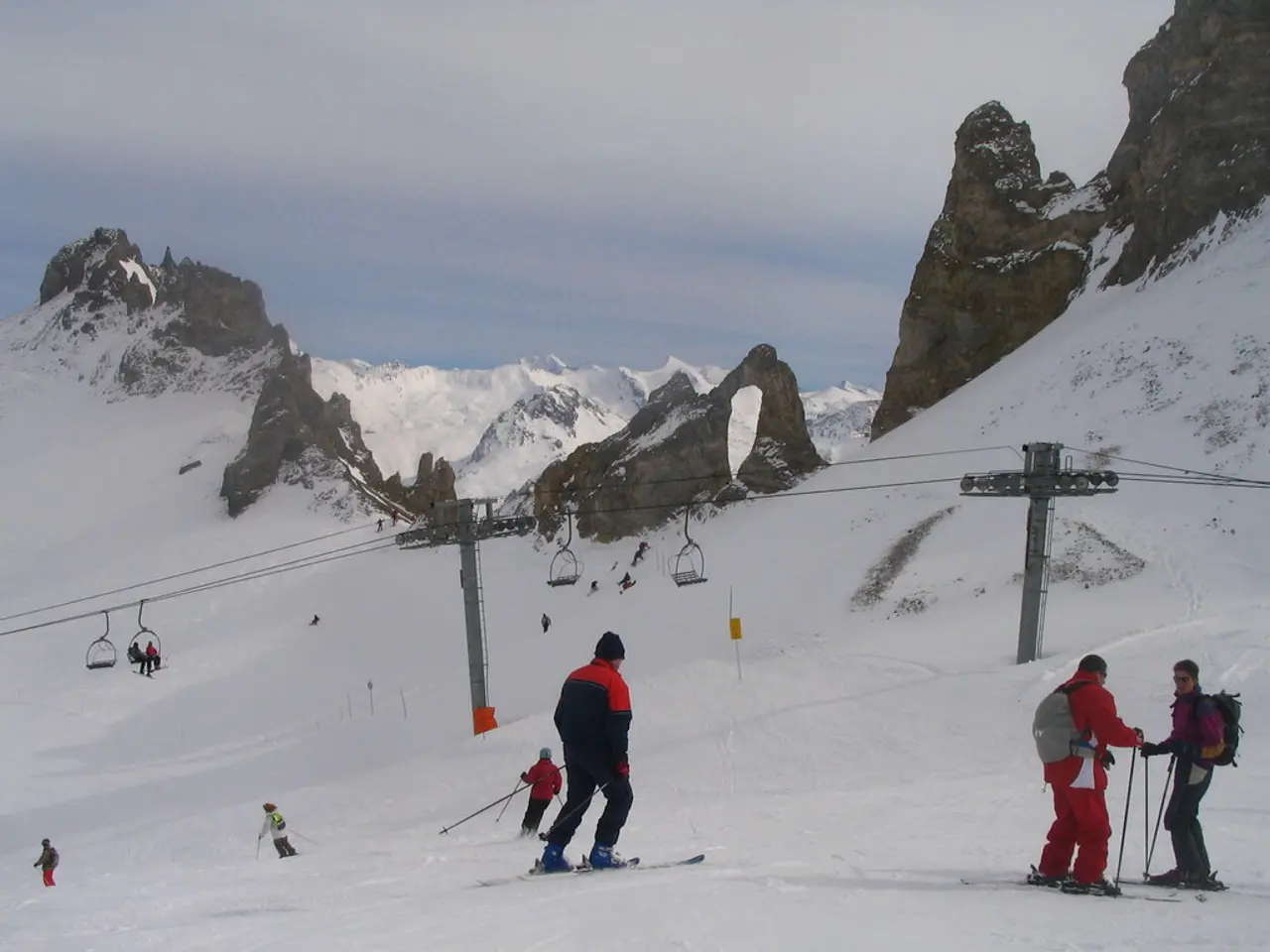Rapid Ice Melting in Alpine Glaciers: Understanding the Premature Ice Melt This Year
In Switzerland, the glacier melt day, a significant marker of the annual glacier cycle, came earlier this year than ever before. This early melt, which occurred between late June and early July, is primarily attributed to the effects of climate change, including low winter snowfall and exceptionally warm temperatures.
Glacier researcher Andreas Bauder of ETH Zurich reported this unusual event, stating that it is a concerning sign of the rapid retreat of Swiss glaciers. According to Bauder, the early glacier melt day is likely similar throughout the Alps.
The glacier melt day marks the date when a glacier melts beyond the accumulation of new winter snow and ice, indicating the glacier is losing more mass than it gains and therefore shrinking. In a stable climate, this tipping point occurs around September or October; however, in recent decades it has been moving earlier, and in 2025 it arrived unusually early.
Matthias Huss, head of Glacier Monitoring in Switzerland (GLAMOS), described this as an alarming development signaling prolonged and intensified melting. This effectively extends the glacier mass-loss season by five to six weeks compared to the past.
The early melt is exacerbated by a feedback effect. As glaciers lose surface ice, darker, more absorbent underlying ice or debris is exposed to sunlight, which increases heat absorption and accelerates further melting.
The volume of Swiss glaciers has practically halved since 1950, from 92.3 to 46.5 cubic kilometers last year. This drastic reduction is a significant concern for water security and alpine ecosystems. In some regions in northeastern Switzerland, the amount of snow at the end of the winter was the lowest ever recorded on the glaciers.
Detailed measurements of snow and ice are taken at around 20 Swiss glaciers each spring and fall, with additional measurements taken at 10 to 15 of them over the summer. The lack of snow led to rapid melting, even with a larger-than-usual snow supply at the start of the summer.
The rapid melting of the glaciers continues to be a significant impact of climate change in Switzerland. The glacier tongues at the bottom are retreating due to insufficient snow supply at the top. Some of the largest Swiss glaciers include the Aletsch and Gorner glaciers.
This early melt is a concerning sign of the rapid retreat of Swiss glaciers, which have lost roughly 38% of their volume from 2000 to 2024. The only earlier glacier loss day in recent history was June 26, 2022, considered an extreme outlier until this year’s similar early melt reinforced that the accelerated melting trend is continuing and worsening.
[1] Bauder, Andreas. "Early glacier melt day in Switzerland indicates rapid retreat due to climate change." ETH Zurich, 1 July 2025. Web. 15 July 2025.
[2] Huss, Matthias. "Early glacier melt day in Switzerland: A worrying sign of accelerated glacier retreat." Swiss Federal Institute for Forest, Snow and Landscape Research WSL, 5 July 2025. Web. 15 July 2025.
[3] GLAMOS. "Glacier monitoring in Switzerland: Early glacier melt day 2025." Swiss Federal Office for the Environment FOEN, 6 July 2025. Web. 15 July 2025.
[4] "Glacier Melt Day." Swiss Federal Office of Meteorology and Climatology MeteoSwiss, 2025. Web. 15 July 2025.
[5] "Climate Change and Swiss Glaciers." Swiss Federal Office for the Environment FOEN, 2025. Web. 15 July 2025.
- The early glacier melt day in Switzerland, a significant marker of the annual glacier cycle, is a concerning sign of the rapid retreat of Swiss glaciers, as reported by Andreas Bauder, a glacier researcher at ETH Zurich.
- The health-and-wellness of alpine ecosystems and the supply of fresh water are at risk due to the drastic reduction in the volume of Swiss glaciers, according to Matthias Huss, head of Glacier Monitoring in Switzerland (GLAMOS).
- Climate change, including low winter snowfall and exceptionally warm temperatures, is exacerbating the environmental-science issue of glacier melt, leading to an extension of the melting season by five to six weeks, as reported by various research institutions in Switzerland.




